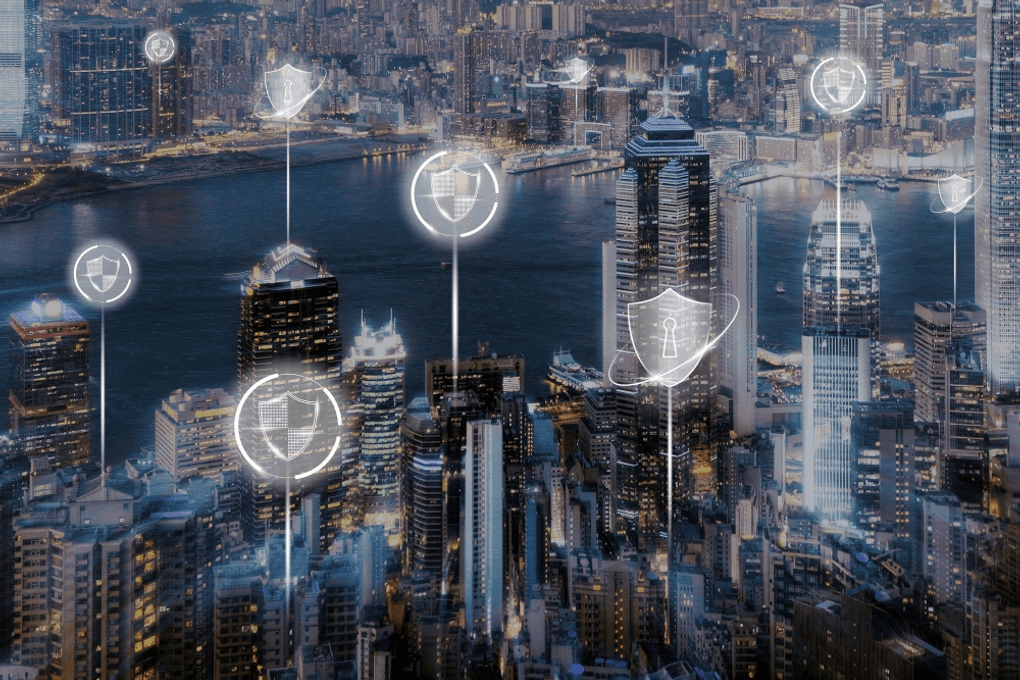Understanding IT Security for Beginners As A Non-Techie

What is IT Security and Why Does It Matter?
IT security, or information technology security, refers to the processes and measures taken to protect computer systems, networks, and data from digital attacks, damage, or unauthorized access. As our reliance on technology grows, so does the importance of safeguarding our information. IT security is crucial for businesses and individuals as it helps prevent identity theft, financial loss, and breaches of personal privacy.
Common Threats to Digital Security
Digital security faces numerous threats that can compromise personal and organizational data. Some of the most common threats include malware, which encompasses viruses, worms, and ransomware designed to damage or exploit systems. Phishing attacks, where malicious actors trick individuals into revealing personal information through deceptive emails or websites, are also prevalent. Additionally, social engineering tactics manipulate people into divulging confidential information.
Understanding these threats is the first step toward mitigating risks. By staying informed and vigilant, individuals can better recognize potential dangers and take appropriate actions to safeguard their data.
Essential IT Security Practices for Everyone
Implementing essential IT security practices can dramatically reduce the risk of falling victim to cyber threats. First and foremost, using strong, unique passwords for different accounts is crucial. Pairing passwords with two-factor authentication adds an extra layer of security. Regularly updating software and operating systems ensures that vulnerabilities are patched timely, while being cautious with emails and links can help avoid phishing scams.
Moreover, educating oneself about the basics of cybersecurity can empower individuals to make informed decisions. Simple steps like backing up important data and using secure networks can significantly enhance personal IT security.
Tools and Resources for Improving Your Security
There are numerous tools available that can help improve IT security for individuals and organizations. Antivirus software acts as a frontline defense against malware, while firewalls help block unauthorized access to networks. Additionally, password managers can assist in creating and storing complex passwords securely.
Beyond software, various online resources, such as cybersecurity blogs, forums, and government websites, offer valuable information and tips for staying safe online. Engaging with these resources can keep individuals informed about the latest security trends and best practices.
Future Trends in IT Security That You Should Know
As technology evolves, so do the strategies employed by cybercriminals, leading to new trends in IT security. One notable trend is the rise of artificial intelligence (AI) in cybersecurity, which can help detect and respond to threats more efficiently. Additionally, the growing adoption of remote work has increased the need for robust security measures for home networks.
Another emerging trend is the focus on privacy regulations, with laws like GDPR influencing how organizations handle personal data. Staying aware of these trends is vital for anyone looking to enhance their security practices and adapt to the ever-changing landscape of IT security.
Image by rawpixel.com on Freepik



